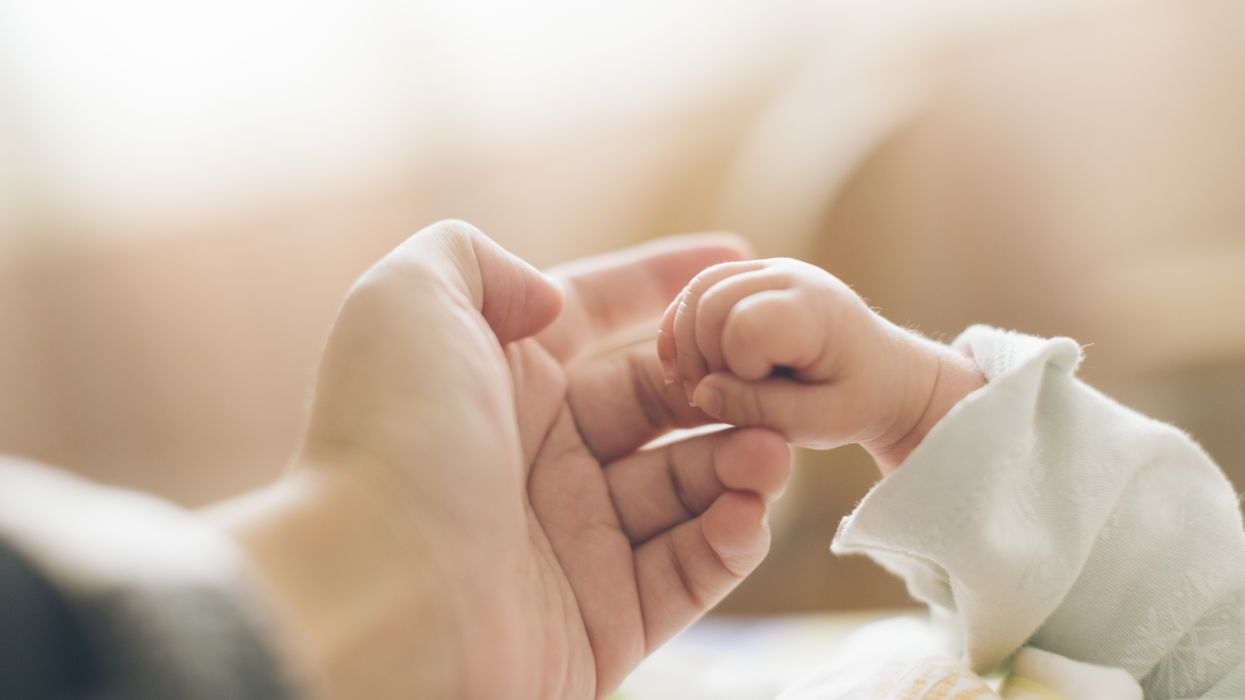Facial Recognition technology is being utilised to provide food to hundreds of financially struggling people in Britain.
Instead of having to settle for donated or discarded food, these individuals can now exchange a scan of their face for food of their own choosing.
As inflation continues to soar, and more families become dependent on food banks for survival, the ability to order food via an app is a much-appreciated new alternative, according to experts.
"Any food that I like, I can buy. I'm happy they can help us because everything is expensive now," said Kazeiban, a 64-year-old woman from Cyprus and convert to the facial payment system.
She is one of nearly 200 people a month who uses the face recognition app since her inner-city London charity, Hackney Foodbank, began trialling the system a year ago. The partnership has now been formalised with takeup due to jump this year.
Customers can still pick food from the charity's donations - green crates brimming with tinned vegetables, pasta and biscuits - but many prefer to shop by phone, bypassing the stigma that food banks can carry to select groceries of their own choosing.
FaceDonate is a social enterprise that lets people buy groceries at a handful of participating shops by scanning their face on an app installed on their mobile phone.
Founded in 2020, FaceDonate is a web platform that lets charities collect and distribute funds to people in need, while also allowing individuals and businesses to fundraise and track how their donations are spent.
The food bank says it gives users the freedom to buy what they need, eases pressure on overwhelmed food banks, and lets the charity monitor how money is spent.
With more than 1.4 billion people worldwide set to adopt facial-recognition payment technology by 2025, according to Juniper Research, it is a fast-growing industry - but one fraught with privacy risks, digital rights experts say.
They say the use of biometric data to unlock help can expose vulnerable groups to data leaks, commercial data exploitation, identity theft and further marginalisation.
Hackney Foodbank chief executive Pat Fitzsimons said the technology means charities can ensure money is only spent by eligible recipients, reducing fraud and abuse of cash transfers.
Users are given money based on their household size and are barred from spending it on big-ticket items, tobacco or alcohol. Nor can they transfer the funds to anyone else, she said.
FaceDonate said it had transferred more than 65,000 pounds ($81,484) to disadvantaged northeast Londoners via face scans since partnering with Hackney Foodbank a year ago.
But digital rights group Access Now said charities using biometric systems should assess their long-term impact.
It says the reliance on biometrics, including iris and fingerprint scans, could put people at risk - be it from data leaks, identity theft, sale of data or the unfair targeting or exposure of marginalised people.
"Facial recognition is an invasive form of identification and vulnerable people who are in need should not be exchanging their most sensitive information for basic needs," said Access Now's Marwa Fatafta.
(Thomson Reuters Foundation)













